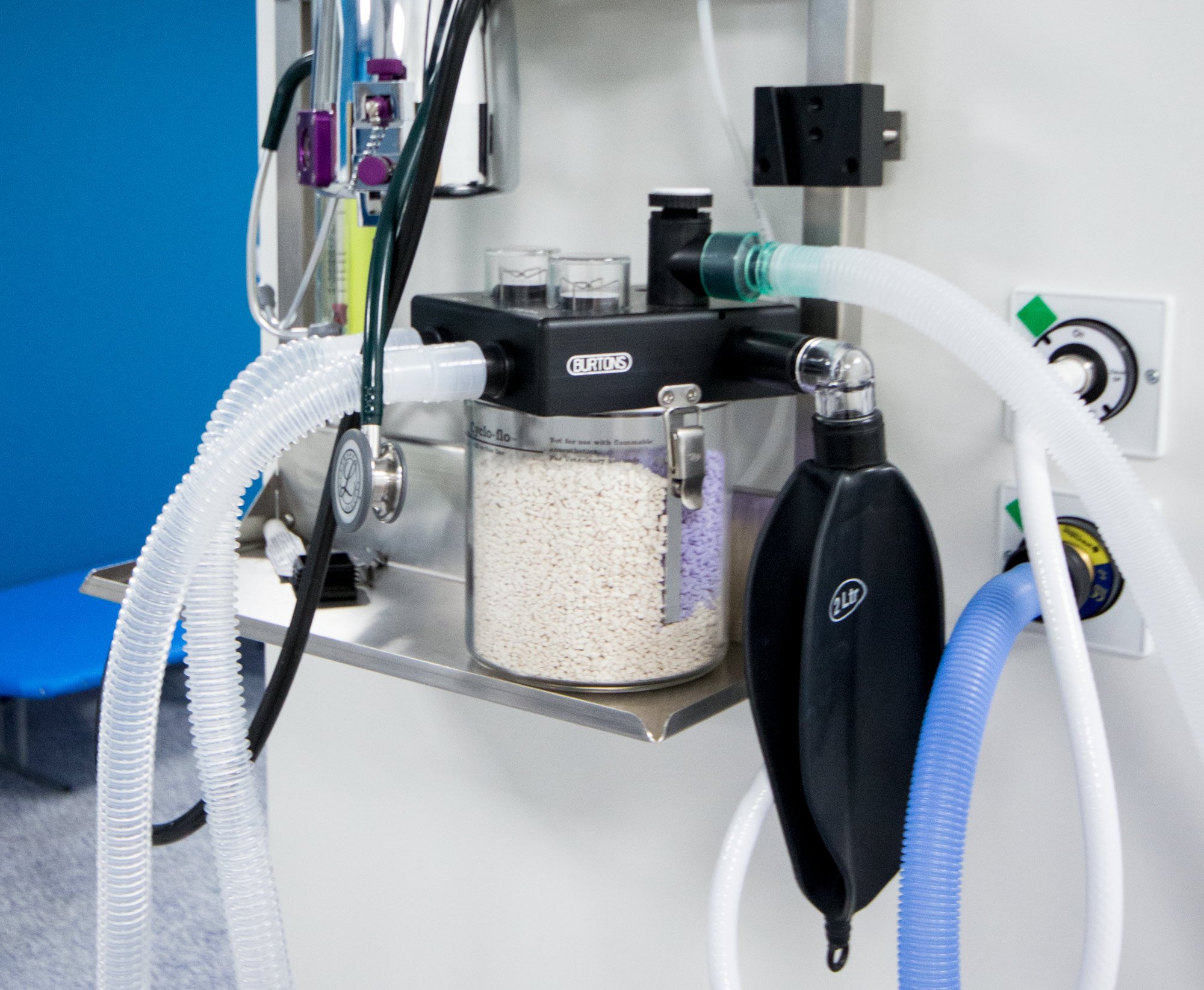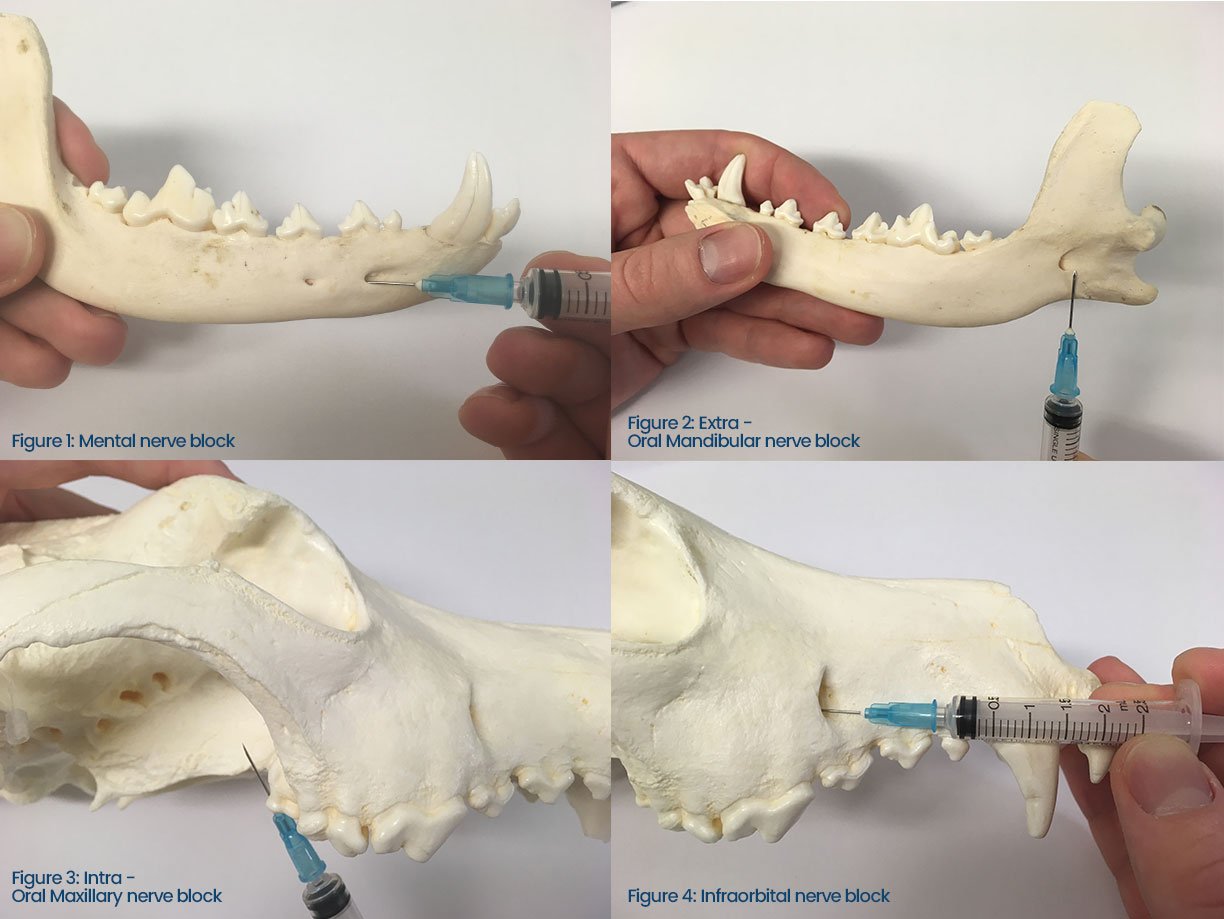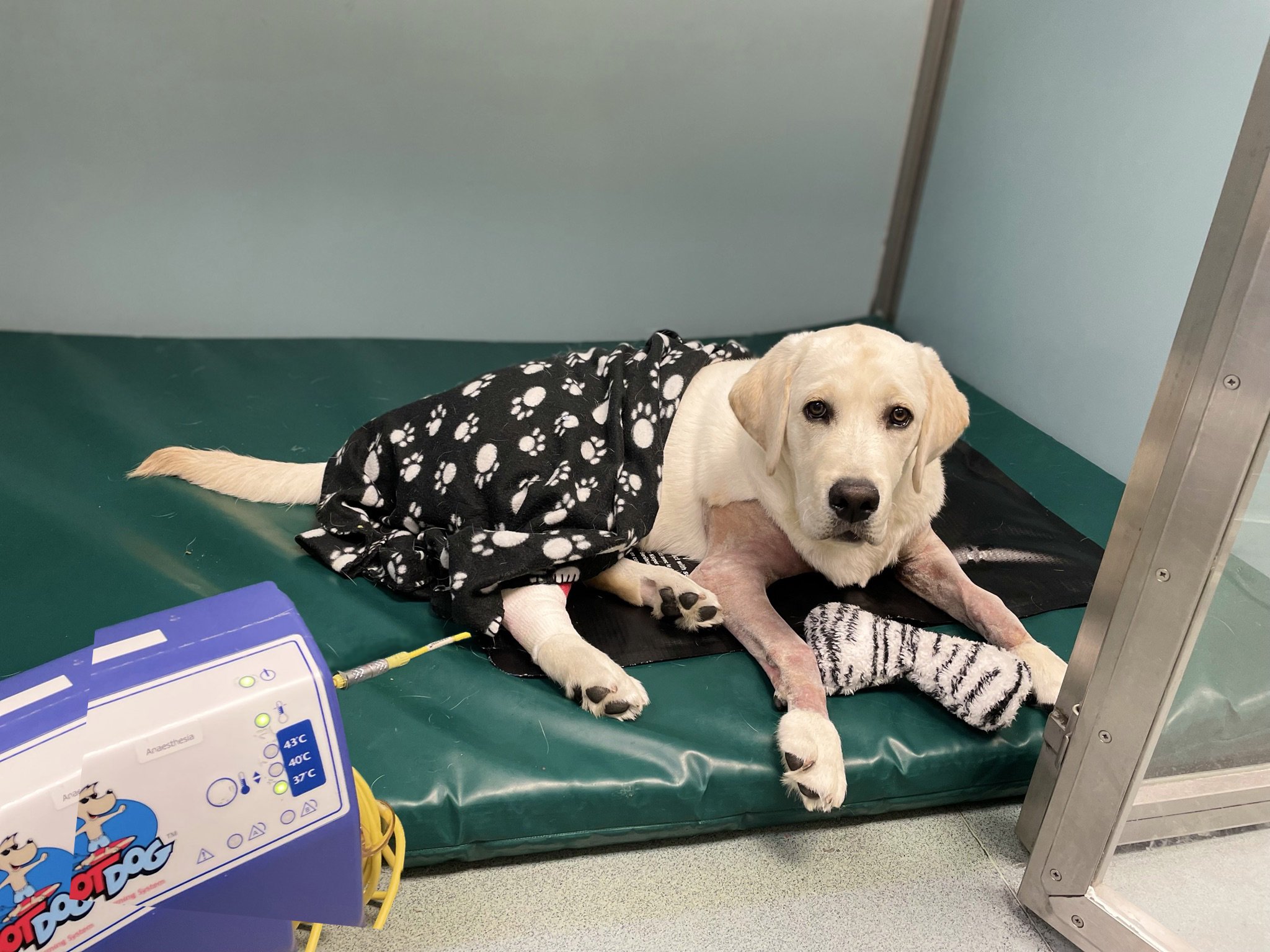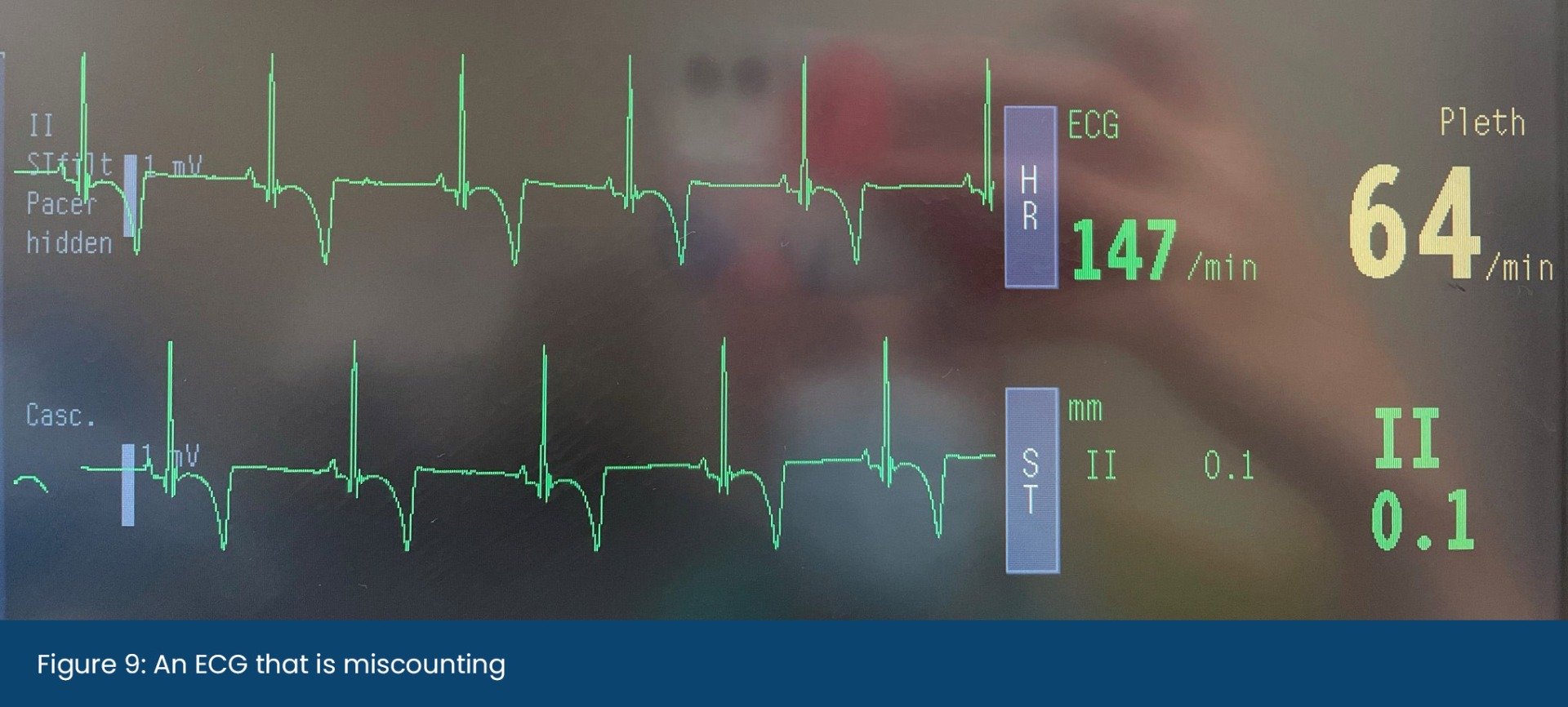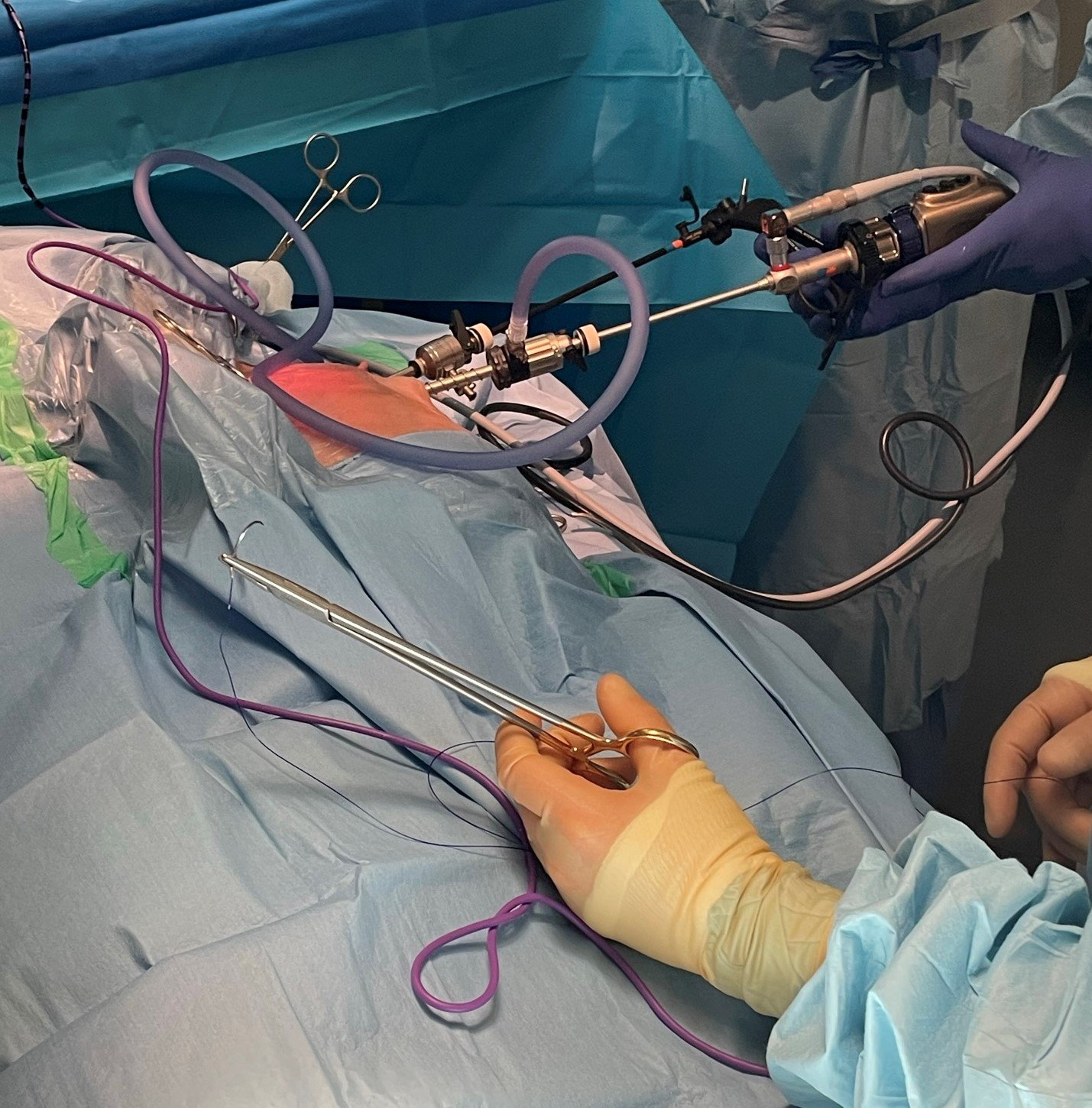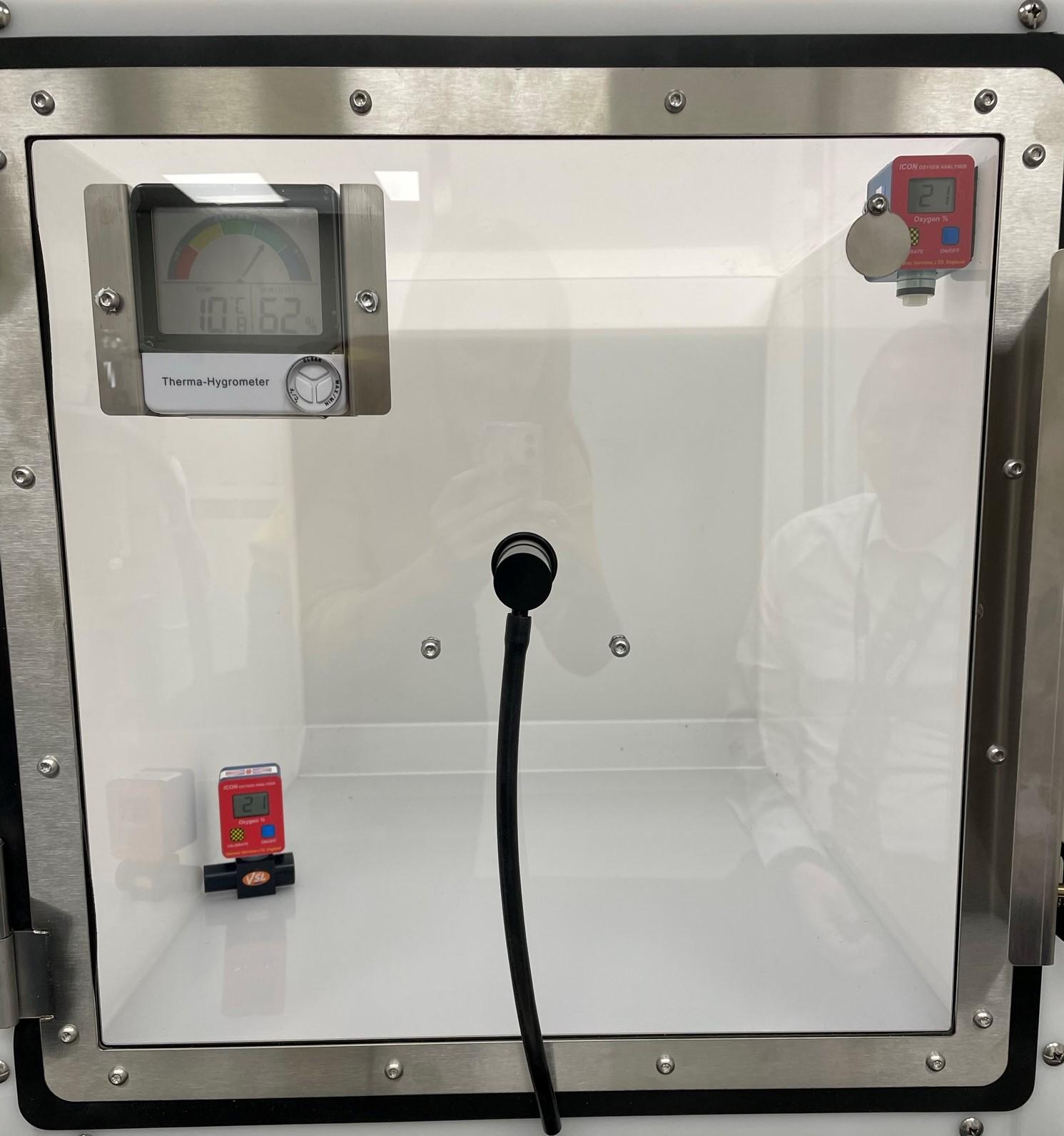
Clinical Articles
The Burtons Clinical Team are developing and designing, engaging, innovative CPD on various topics of anaesthesia, focusing particularly on patient monitoring and mechanical ventilation in exotic, small animal and large animal species.
Our CPD articles cover all concepts of anaesthesia, ventilation, and monitoring. Starting with the foundations of what you are doing in practice every day and building knowledge by focusing on specific procedures or applications. These can go towards your CPD minutes by using the RCVS1 CPD logging platform. Each article also includes recommended reading, a full reference list, and a list of multiple-choice questions.
Meet The Authors

Keith Simpson
Thus, having strong footholds in two disciplines that together formed the foundation of the well-known Vetronic Services, now Vetronic by Burtons. Since then, Keith has designed and manufactured over 50 unique products for the veterinary market, with a passion for ventilation and its monitoring. Keith has also produced many articles and given numerous talks over the years on all aspects of ventilation and monitoring.
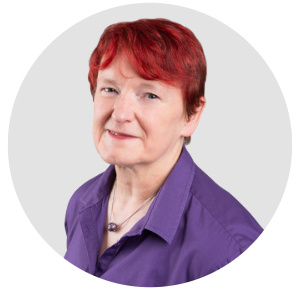
Karen Heskin
BVSc CertSAO MSc(VAA) MRCVS - Veterinary Clinical Consultant (Anaesthesia)
Karen is excited to collaborate with Keith Simpson (Clinical Director) to further develop Burtons Academy, bringing fresh innovations and sharing evidence-based anaesthesia knowledge with the veterinary community.
A quote from Karen after joining Burtons Academy:
“Burtons is a well-respected family owned and run company with firm foundations in innovation and scientific breakthrough. Combined with an eagerness to develop and champion quality, evidence based clinical knowledge, it creates a strong and exciting business. I am proud and humbled to join a company that truly stands out from the crowd.”





